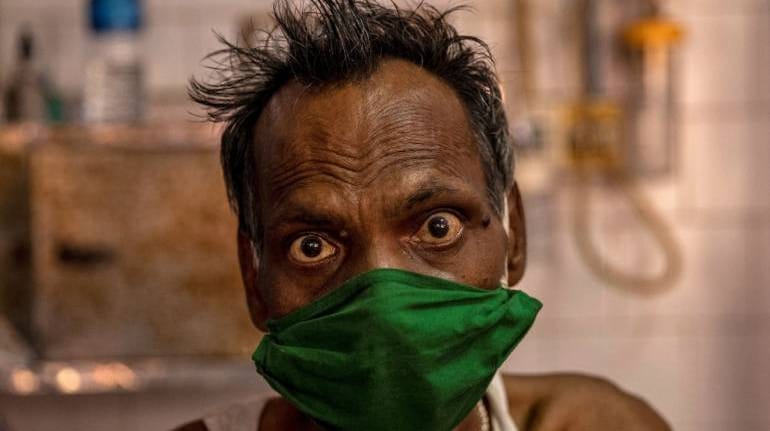



India, on April 14, registered a rise in active COVID-19 caseload for the first time in 80 days as active cases increased from 10,870 to 11,058 in the 24-hour period.
As the country reported 1,007 daily new coronavirus cases it was also the second day in a row that fresh infections in a 24-hour period were above 1,000. The fresh tally of COVID-19 cases takes the total confirmed infections to 4,30,39,023.
The rise in active COVID-19 cases meanwhile comes amid an uptick in new cases and test positivity rates in at least three States-Delhi, Guajarat and Haryana. Many hospitals and doctors in these states also confirmed that there has been a rise in patients visiting OPDs with COVID-19 symptoms.
They however also say that the majority of the patients are mildly symptomatic with fever, cold and cough and do not need hospitalisation.
Also Read | New COVID-19 vaccine offers better protection to immunocompromised patients
Overall, 18 states and UTs in India have reported a rise in active cases in the 24-hour period. Daily test positivity rates were registered at 10.47 percent for Mizoram, 3.05 percent at Haryana, 2.63 percent at Nagaland and 2.49 percent for Delhi.
Also, there are 27 districts in the country which have weekly test positivity rates of over 5 percent and these include 23 districts in Kerala alone.
The rising trajectory of the coronavirus is being noticed though there is no confirmation yet, either from the Union health ministry or INSACOG- the government’s COVID-19 genomic surveillance programme- on any new SARS CoV 2 variant that may be causing the higher number of infections.
Also Read | Voluntary use of masks must be promoted in view of new XE variant: Experts
These agencies have also not yet confirmed the presence of XE variant, a recombinant of BA.1 and BA.2 sub-variants of Omicron, in India though some states had reported a few suspected cases and countries such as the UK are seeing a fresh surge mainly due to this variant.
India, on January 23 had reported the highest ever—over 22 lakh active cases during the peak of the Omicron wave—but the active caseload in the country has been falling since then.
Meanwhile, according to the figures shared by the ministry, only one new death was reported in the 24 hours, which is the lowest in 747 days since March 28, 2020. Overall, 5,21,737 people have succumbed to the infectious disease in India as per official numbers.
Discover the latest Business News, Sensex, and Nifty updates. Obtain Personal Finance insights, tax queries, and expert opinions on Moneycontrol or download the Moneycontrol App to stay updated!
Find the best of Al News in one place, specially curated for you every weekend.
Stay on top of the latest tech trends and biggest startup news.